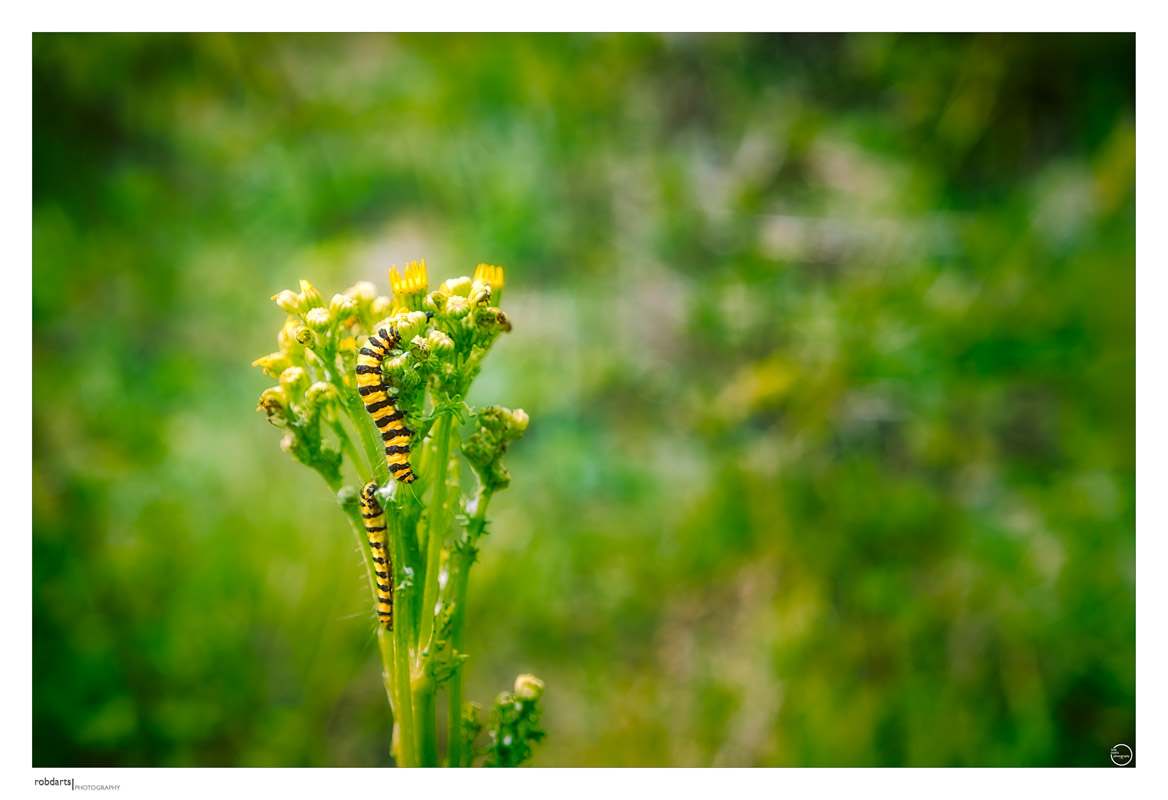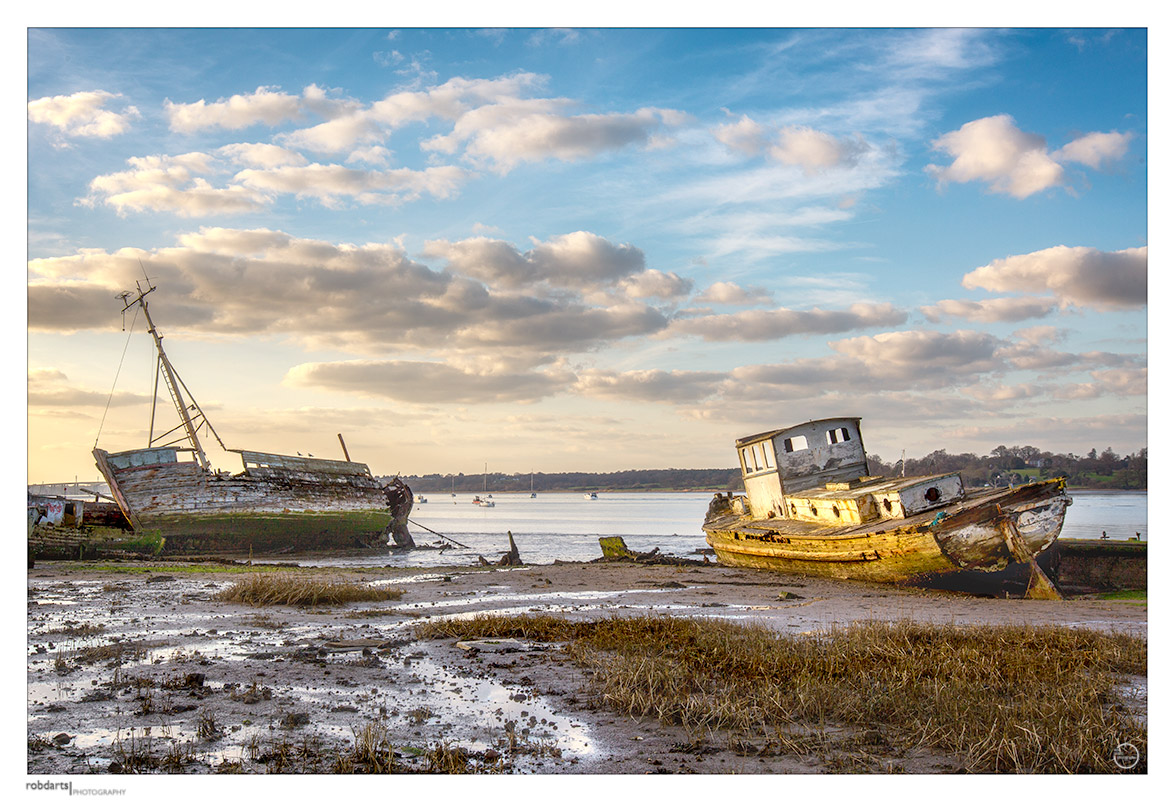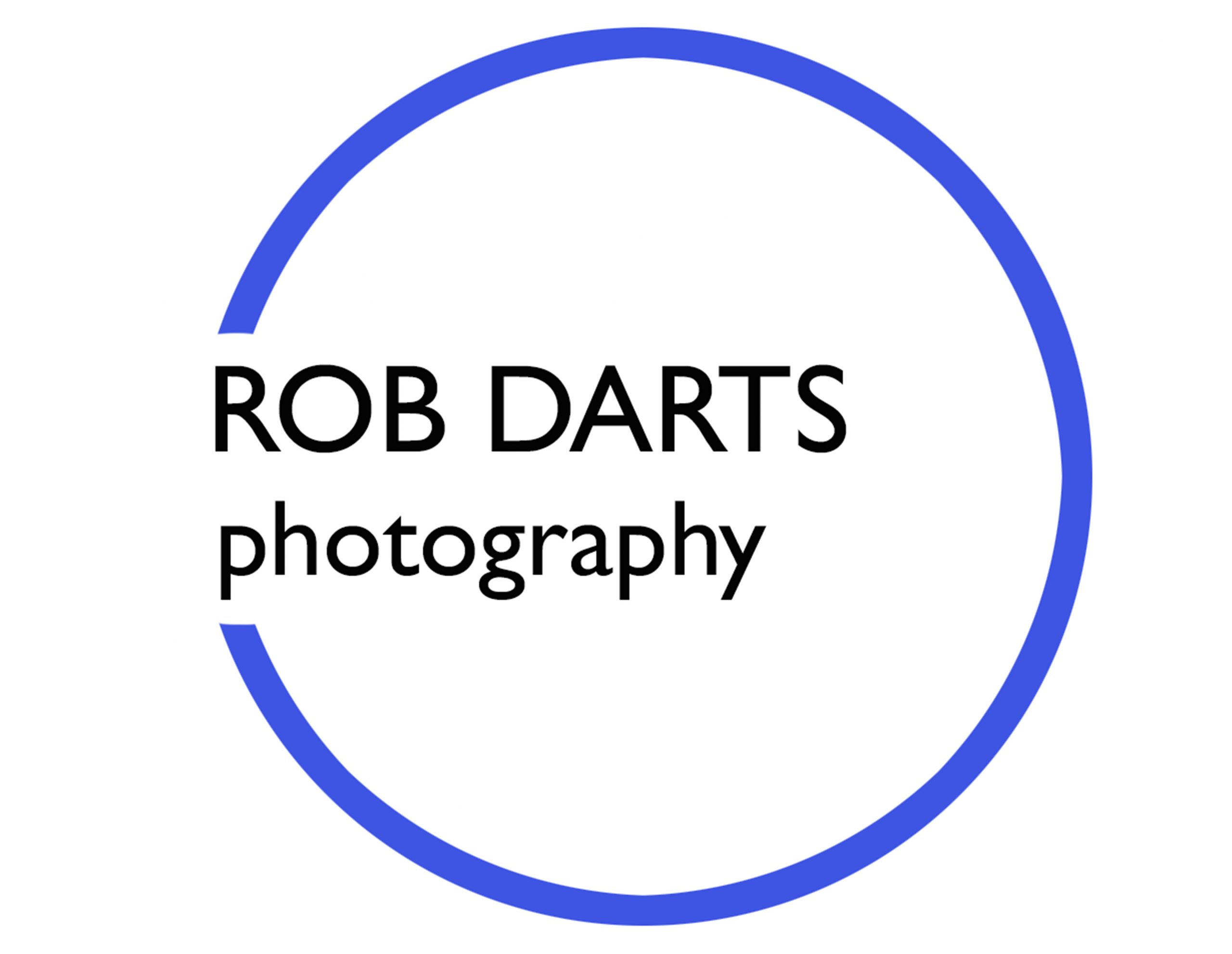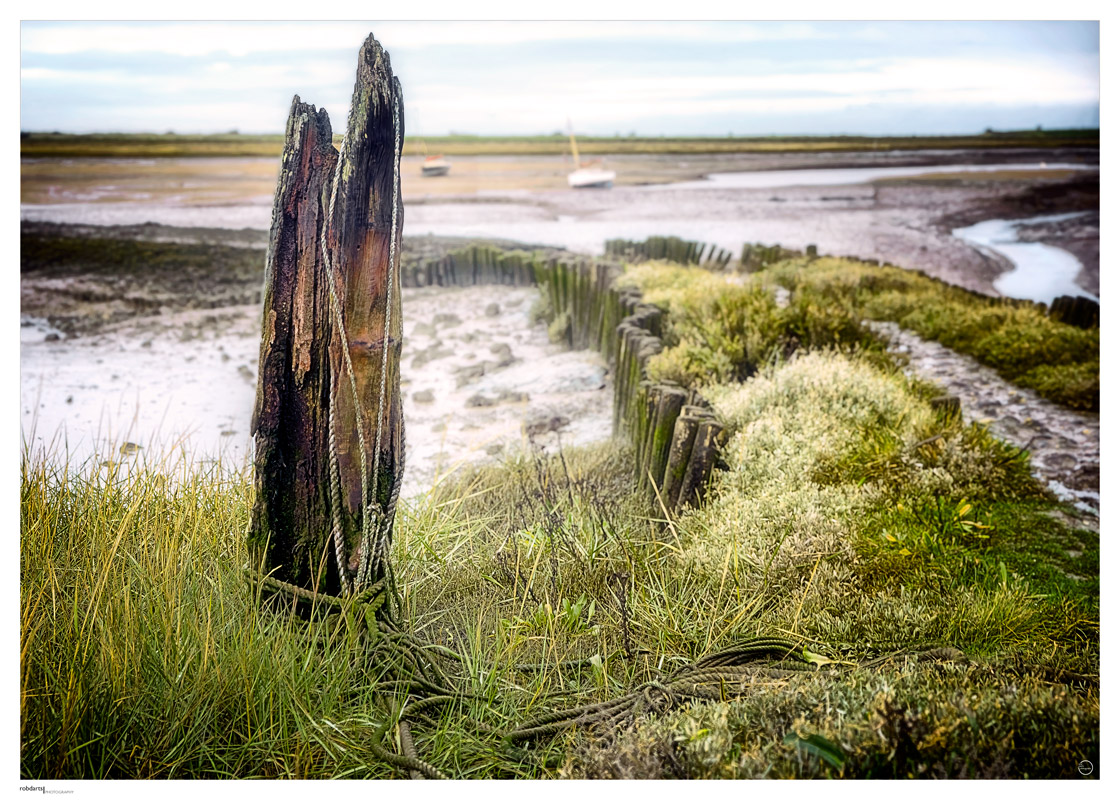PROCESSING OR STRAIGHT OUT OF CAMERA
For some time now there’s been a controversy as to whether a digital photograph should be processed using software or viewed as coming “straight out of camera” without any adjustments being applied.
This argument is as old as photography itself. Since its invention, photographs have always been adjusted in one way or another either in the wet dark room using a combination of light and chemicals or taken into Boots for commercial developing. In some way or another the colour, tone, contrast or sharpening adjustments to a photograph would have been applied.
However, since the invention of digital cameras, and taking images as JPEGS when the camera is in automatic or semi-automatic mode, algorithms within the camera’s microprocessor will apply these same adjustments automatically to the photographs taking away any control from the photographer.
Thankfully photography is an ever-evolving blend of art and technology. This is specifically so of digital photographs and, as the technology progressed, photo editing / adjusting has become an intrinsic part of the process. Tools like Adobe Photoshop, Lightroom, and other mobile apps have brought sophisticated editing capabilities to the fingertips of photographers.
So why editing in the first place? I personally think it’s about “taking control” and not relying on some unidentified computer programmer telling me that’s how my images should look. In doing so I need to consider whether it’s my intention to present a realistic, journalistic record photograph of an event, thing or place? Or do I take a photograph in which I try to evoke an emotion in one form or another in the person who’s viewing my picture?
For instance, I might make minor adjustments to exposure, contrast, or colour balance to ensure the photo accurately represents the scene. Conversely, I might lean towards adjusting or editing to manifest a particular vision or mood to the image which I am trying to convey to the viewer. Much like an artist does when creating a painting.
It’s essential to recognize that every photographer’s vision is unique. What might be “too much” editing for one person could be “just right” for another. The trick here is to be consistent with style. If heavy edits and surreal colours are your “thing”, embrace them! If you lean more towards natural and minimalistic edits, that’s perfect too.
Finally, editing images is a powerful extension of the photography process. When done with care and intent, it can elevate a good photograph. What it can’t do is turn a bad photograph into a masterpiece. The key lies in finding a balance between representing your vision and maintaining the essence of the photograph. For it to work, the best edits often enhance the story the photograph tells, they should not overshadow it.



